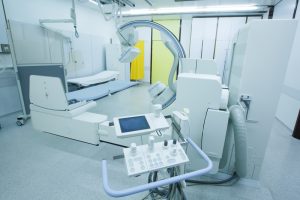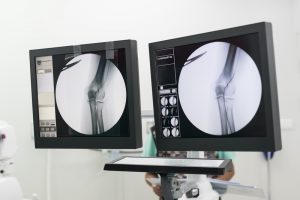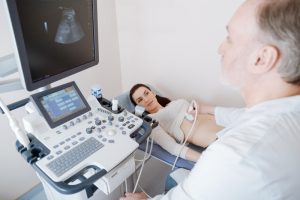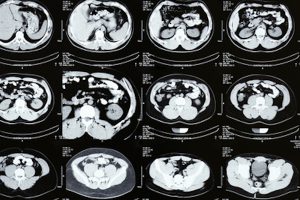Interventional Radiology
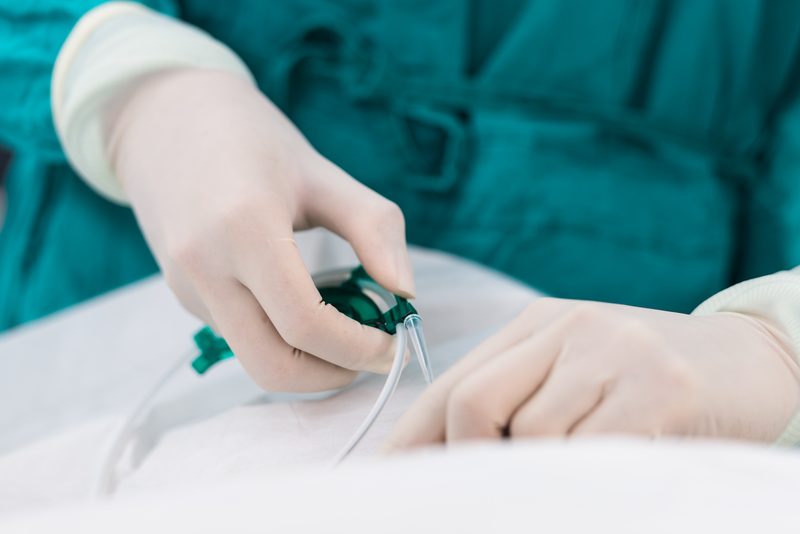
This is the branch of radiology that performs diagnostic and therapeutic manoeuvres through a minimally-invasive approach.
It is divided into different branches: vascular peripheral, extravascular, oncological, osteo-articular, treatment of chronic pain and abscesses of different nature.
Diagnostic maneuvers consist of biopsy samples with needles and catheters under CT, ultrasound or fluoroscopic guidance.
Interventional procedures are usually carried out via a percutaneous access, puncturing the skin or main arteries and reaching the area to be treated with the use of guidewires, probes and catheters.
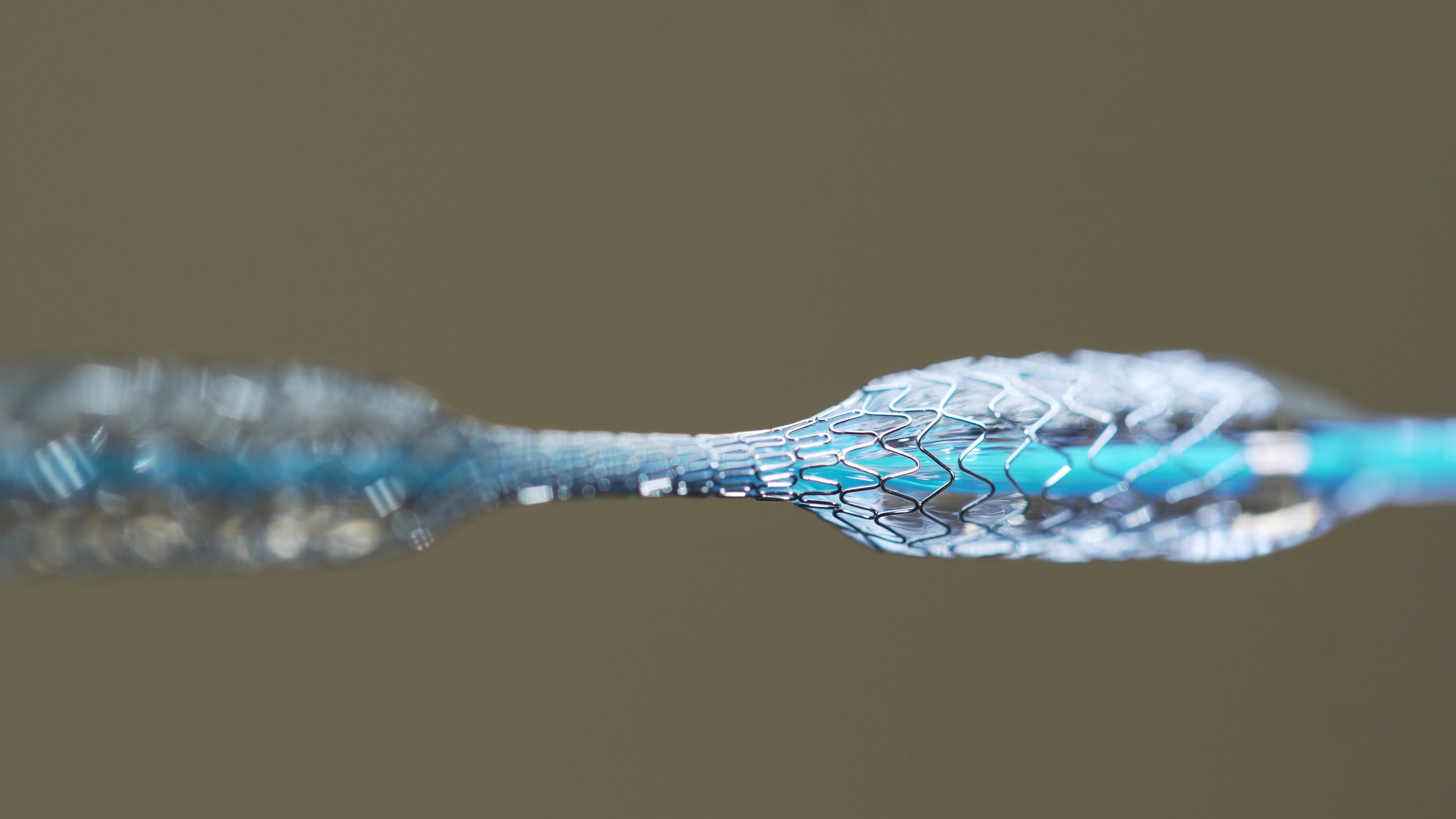
Interventional Radiology
Interventions on the vascular and extravascular system represent today the first therapeutic choice for a vast majority of diseases that until a few decades ago were treated surgically. These include disease such as aortocaval, peripheral arterial and venous, carotid, biliary and many more. In emergency settings, these interventions can be life-saving for patients suffering from active bleeding, as they allow the prompt closure (embolization) of damaged vessels.
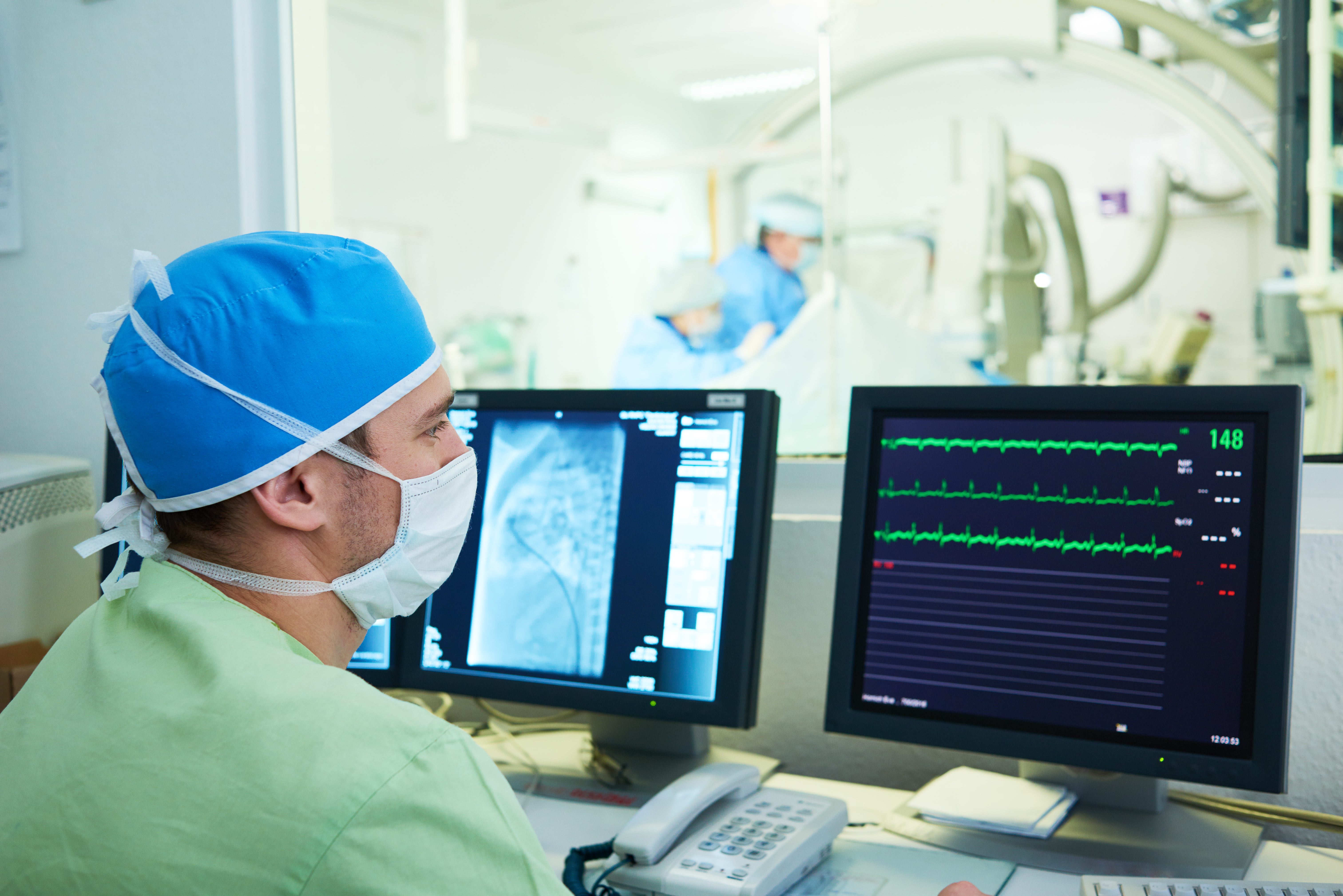
Interventional Oncology
The therapeutic manoeuvres of oncological nature consist in the treatment, through radio frequency, microwave and chemoembolization, of primary and secondary tumours.
In radiofrequency or microwave surgery, a needle is positioned percutaneously, through ultrasound or tc guidance, under local anaesthesia and sedation. The needle is then used to deliver energy to the diseased tissue of liver, lung, kidney and bone tumours, causing their coagulative neurosis.
Another therapeutic manoeuvre used to treat, again under local anaesthesia, breast, muscle, subcutaneous, pancreatic and bone tumors, is cryoablation. This technique consists in causing, by means of special needles called cryoprobes, a rapid freezing and subsequent slow defrosting of the tumour mass that becomes enclosed in an ice ball.

